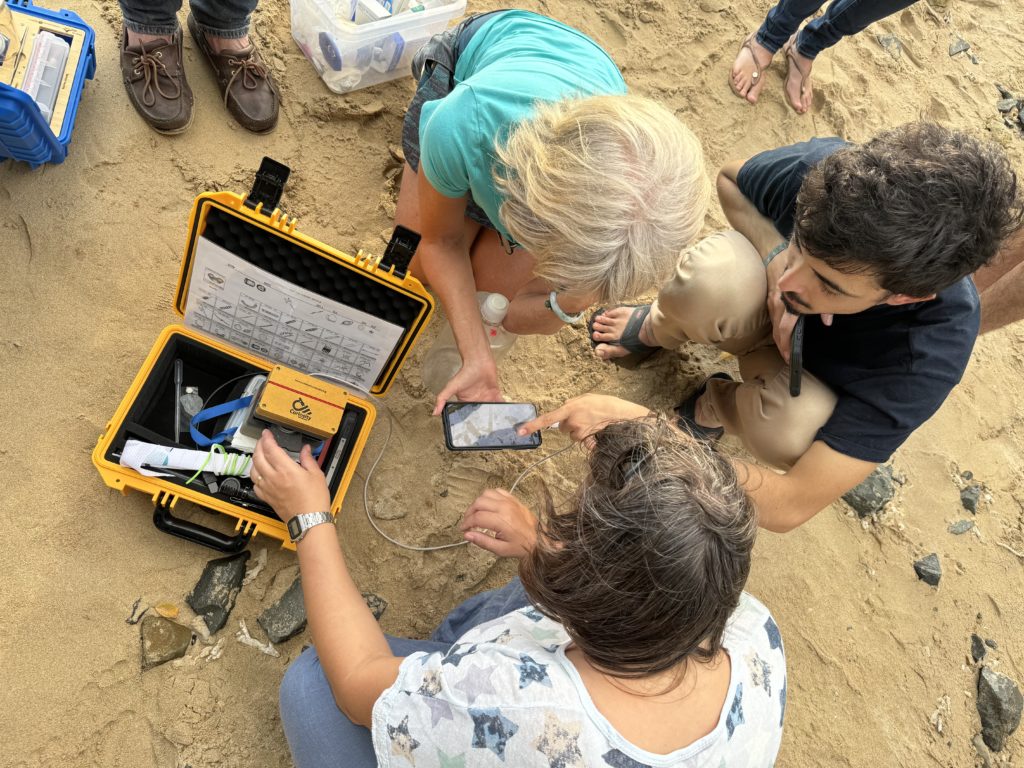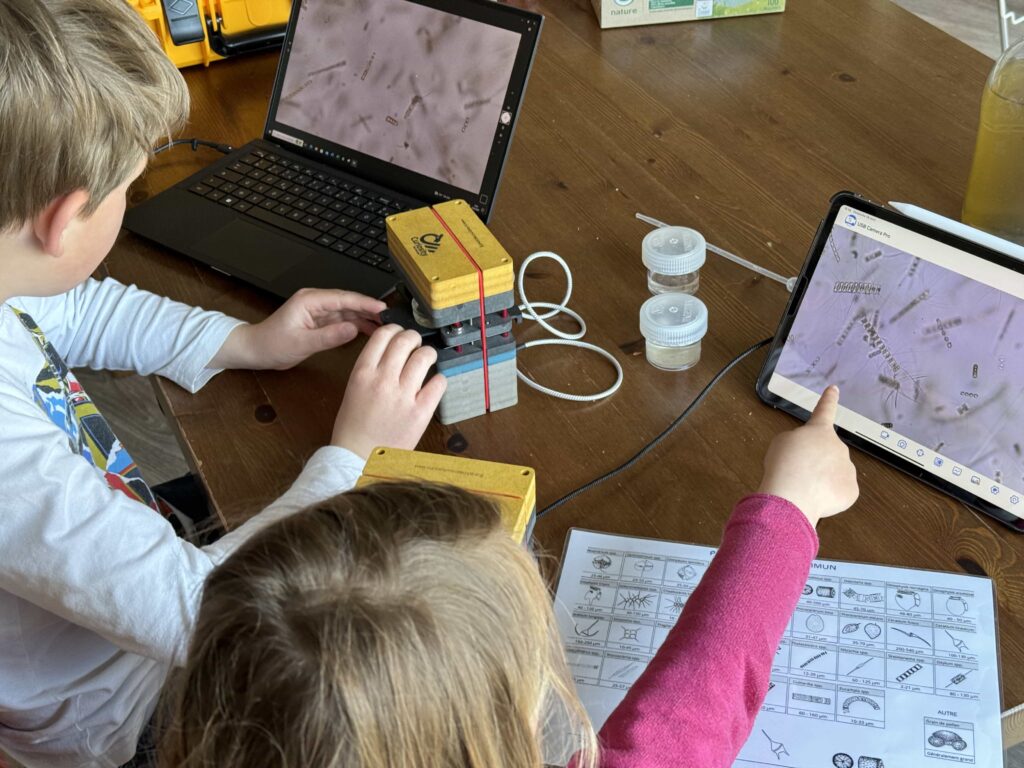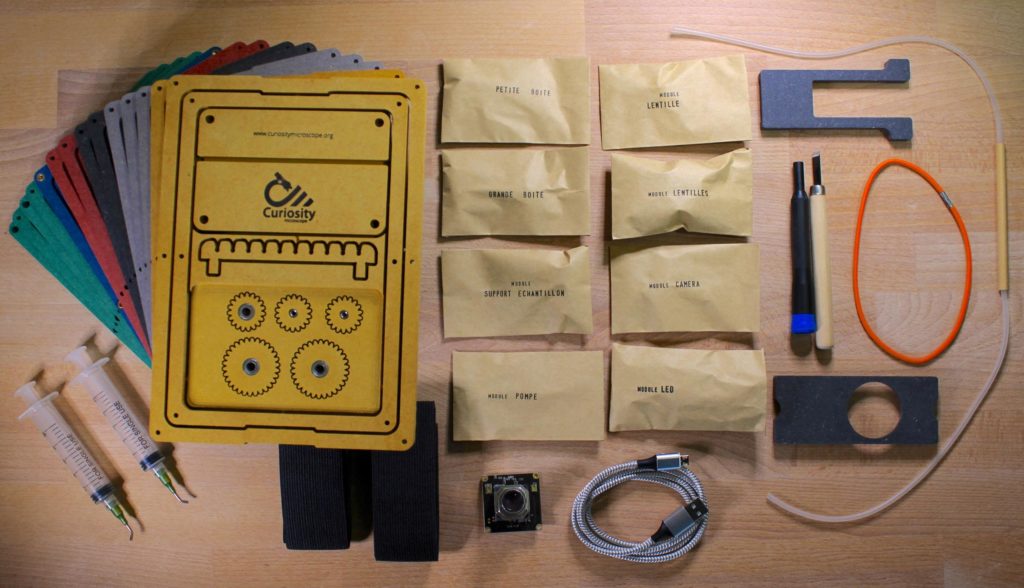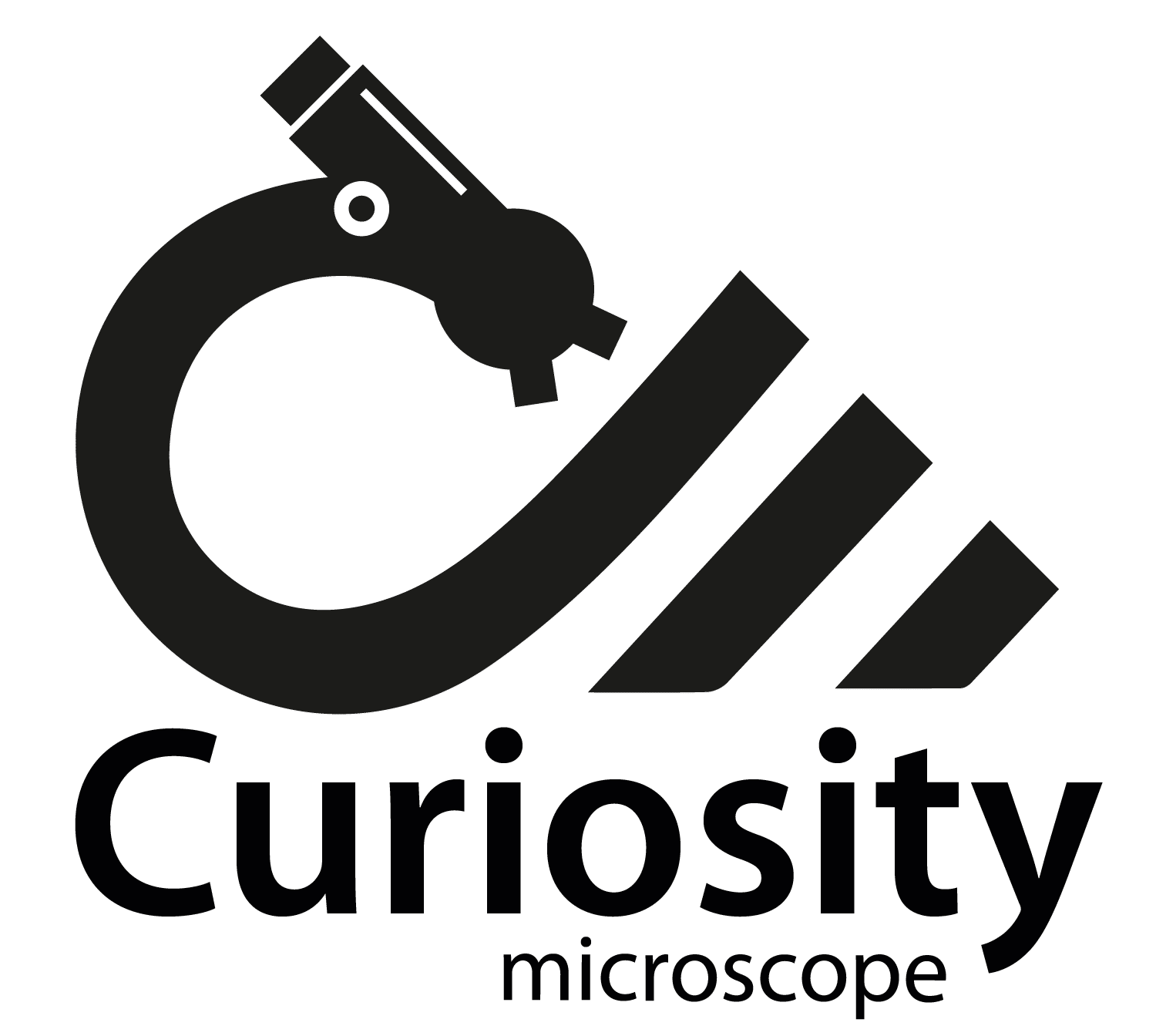The Curiosity microscope is a revolutionary tool that transforms the exploration of the microscopic world into an interactive experience accessible to everyone. Used in various educational and scientific contexts, this microscope allows users to discover life invisible to the naked eye with impressive clarity.
The Curiosity microscope reveals fascinating details, whether it’s the texture of a leaf, the complex structures of an insect, or the diversity of aquatic microfauna. Thanks to its flexible magnification system, it allows the user to adjust the view according to their needs, while providing high-resolution images and videos, ideal for analysis and observation. Its simple and intuitive interface makes it accessible to all, even the youngest users, while offering sufficiently advanced tools for researchers and scientists.


During workshops in schools, the microscope allows students to dive into a parallel universe where every observation becomes an adventure. Whether exploring lake water samples or plant cells, the enthusiasm of the young participants is palpable. They discover the vastness of the microscopic world, while becoming aware of the richness and fragility of the biodiversity around us. In addition to its educational function, this microscope is also a true catalyst for wonder and curiosity, encouraging participants to ask questions and deepen their understanding of science.
As part of projects like BIOcean5D, the Curiosity microscope is made available to analyze marine samples and raise awareness about the challenges of preserving marine ecosystems. By allowing researchers and students to see, understand, and act on microbial discoveries, it plays a key role in training the next generation of committed scientists.
The Curiosity microscope is not just a tool for observation, but a true engine of exploration and education, enabling the discovery of the hidden beauty of the microscopic world while promoting a more respectful and informed approach to our environment.


It is a digital microscope, meaning it uses a camera instead of eyepieces (lenses through which you look with your eyes). It consists of stacked modules, each corresponding to an essential function of a microscope: a light source, a sample holder, lenses for magnification, and a camera. It can be assembled and disassembled in just a few seconds. The modules are held in place by a simple elastic band. The plastic has been removed, and no glue is used. The structural material is a wood derivative, dyed through with non-toxic, recyclable dyes that can be recycled infinitely. The goal is to minimize the ecological footprint as much as possible.
The Curiosity microscope is designed either as a kit to assemble or already assembled. Its kit design ensures a 100% repairability rate. Being closely connected to the marine environment and plankton, we’ve added an observation system based on a manual pump and a glass capillary to explore the sample from an entirely new perspective.
*The kit version is no longer available for sale.
The Curiosity microscope was born by the sea, in Brittany, in Finistère – where the Earth ends. It was early January 2020, and discussions within the citizen science project Plankton & Arts, which had been launched five years earlier, were in full swing, with a lot of talk about microscopy. It must be said that the project brought together a variety of profiles: scientists, sailors, engineers (makers & artisans), and artists, all passionate about the subject. They had all come together around the same topic: the exploration of life, particularly the life that drifts, that remains hidden from our eyes, the life that populates every drop of the ocean: plankton.
For two years, a small group within the program had been experimenting with the development of a microscope that would allow them to see and quantify plankton from any boat at sea. In 2019, the Plankton & Arts exhibition was launched, offering all these enthusiasts the first space to meet and exchange ideas with the general public. The event sparked a lot of enthusiasm and energy, but it also highlighted the need for a simple, robust, and high-quality tool to explore, observe, share, and satisfy our thirst for discovery and curiosity: this marked the birth of the Curiosity microscope project.
This tool is now developed, produced and marketed by SeaLabX.


